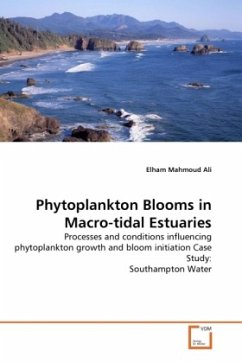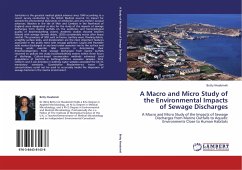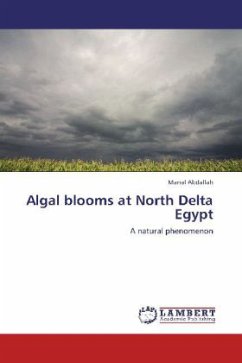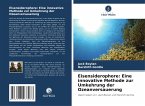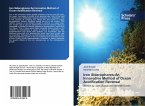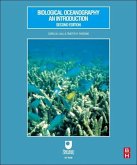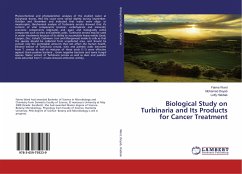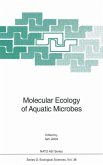Estuaries have been regarded as the most productive of the aquatic systems support fisheries of commercial value. Estuarine ecosystems are of interest to marine science because of their high primary production which provides a continuous food supply and shelter for many organisms which feed and live within them. Maximum phytoplankton growth, biomass and rates of production can occur in different estuaries at different times of the year depending on local environmental conditions. Phytoplankton growth and annual production varied according to different climatological conditions with several physical, chemical, and biological factors. The aim of this book is to investigate the coupling between variations in phytoplankton community and bloom development (bloom timing, bloom onset and bloom duration) in macrotidal estuaries and changes in environmental conditions with Southampton Water (SW) as the case study. SW is part of a complex and highly populated, highly dynamic, hyper-nutrified estuary that support large phytoplankton populations. The book gives an insight into the use of continuous monitoring and HPLC technique to determine factors controlling phytoplankton community structure

